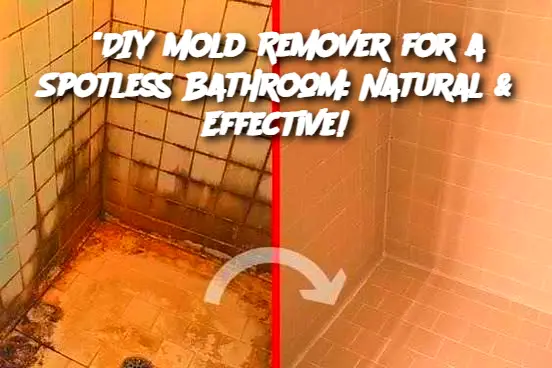Make the solution: In a spray bottle, combine vinegar and water. Add tea tree oil if using. Shake well.
Sprinkle baking soda: For tile grout or tough mold spots, sprinkle baking soda directly on the surface.
Spray generously: Spray the vinegar mixture over the baking soda or directly on the affected areas like curtains, tile gaps, and shower corners.
Let it sit: Allow the solution to sit for 10–15 minutes to break down mold and stains.
Scrub away: Use a sponge or brush to scrub the area. For tight spots, use an old toothbrush.
Rinse & dry: Rinse with clean water and wipe dry with a towel to prevent moisture buildup.
Serving and Storage Tips:
Store the vinegar solution in a labeled spray bottle for future spot cleaning.
Keep in a cool, dark place away from direct sunlight.
Shake before each use.
Variations:
Lemon Juice Substitute: Use lemon juice instead of vinegar for a fresher scent.
Hydrogen Peroxide Boost: For stubborn mold, use hydrogen peroxide (3%) in place of water.
Clove Oil Alternative: Clove oil is another antifungal option in place of tea tree oil.
FAQ:
Q: How often should I use this?
A: Use weekly for prevention or as needed when mold reappears.
Q: Will vinegar damage grout?
A: No, white vinegar is safe for most tile and grout, but avoid using it on natural stone.
Q: Can I use this on fabric shower curtains?
A: Yes! Remove the curtain, spray it outside or in the tub, let sit, scrub, rinse, and hang dry.
ADVERTISEMENT

